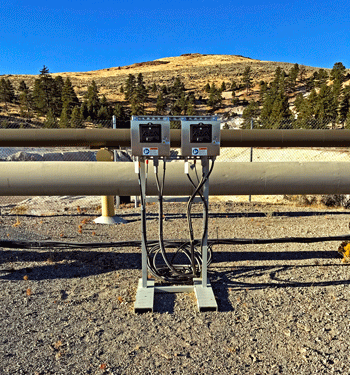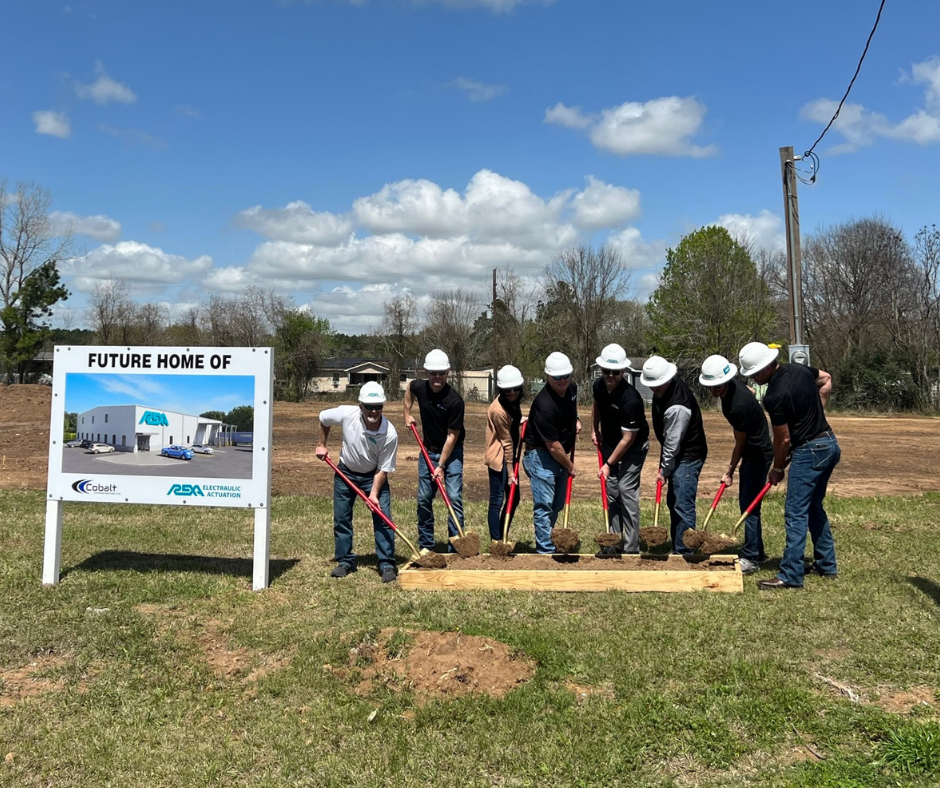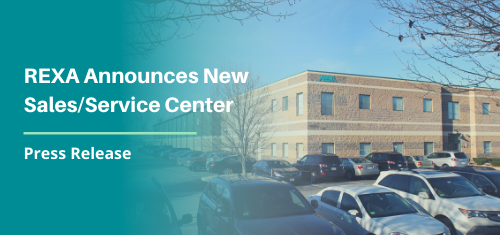The Future of Geothermal Power
A recent article by Power Magazine explained how the geothermal power industry seems to be on the verge of a huge increase in market presence. To understand what that means for the industry, as well as REXA and other actuation companies, we enlisted the help of our Power Industry Manager, Rich Rochford. In this first edition of “REXA Interviews”, Rich discusses why the geothermal industry is seeing such an uptick in activity and how that will affect market trends. He also predicts the future of geothermal power, referencing to a new technology – Enhanced Geothermal Systems (EGS), which help produce geothermal power in areas without natural geothermal energy!
This is all very promising for the industry, but what exactly does the future hold for geothermal energy? Let’s get to our interview with Rich and find out…
Do you agree that geothermal is on the brink of a “boom”? If so, why?
“I do believe Geothermal Power is on the edge of a breakout increase of generation. It’s common knowledge that governments worldwide are taking action to reduce their carbon footprint by retiring not only older subcritical thermal plants, but in certain cases – all of them. This will lead to a huge gap in base load grid power versus what’s needed. The newest trend of Wind and Solar power is intermittent and requires significant reactive measures for a stabilized grid. Geothermal Power is “always on” and can provide stability in many areas. To expand this effort, the US Department of Energy (DOE) was recently provided funding to pursue development of Enhanced Geothermal Systems (EGS). This will enable access to subsurface heat resources thereby removing Geothermal Power’s graphical limitations.”
Can you explain how an Enhanced Geothermal System (EGS) works?
“I would be happy to explain this exciting new technology. In simple terms, it’s a man-made geothermal reservoir. First a site is selected and geologic models created with temperature gradients and permeability studies. Once it’s determined that the site can support an EGS reservoir, an injection well is drilled into the hot rock. Water is then injected to create a fracture system able to contain a reservoir. At that point multiple production wells are drilled into the fractures and flow paths creating a circulation loop. The injected water picks up heat from the rock, and is then pumped to the surface through the production wells. It is then used with a Flash or Binary plant.
It’s still in its early phase of development and testing, but I believe it will play a large part in the future of Geothermal energy.”
How do you believe this will affect REXA and other actuation companies if at all?
“With REXA’s strong foot hold in the Geothermal Power market, industry growth will greatly increase our business in this segment. Whether plant designs are Dry Steam, Flash, or Binary, REXA’s installed throughout many different applications within these plants. From production wells, to turbine speed control, to injection wells and everywhere in-between. There are of course many types of valves, actuators, turbines, and related production equipment in every power plant. Additional wells drilled and plants built will increase business for all involved equipment suppliers.”
Do you think the increase in geothermal development will impact other power sectors as well? If so, how much?
“I think once additional geothermal power comes online, the push to build more wind farms and solar fields will slow down. These intermittent power options can take up a lot of expensive real estate with relatively small supplements to the grid. Coal and oil-fired plants will continue their downward spiral over time, especially once reliable 24 hr/day base load geothermal power is available. I believe Combined Cycle power will continue to ramp up and be mostly unaffected, thanks to their small footprint, short build cycle, and minimal emissions release.”
Are you yourself noticing any trends within the industry that REXA/other companies need to be aware of?
“I am seeing some positive industry trends. More than half of the Geothermal Power Plants in the US are old – built in the 1980’s. With a focus on the reduction of fossil fuels and the Renewable Portfolio Standards (RPSs), power companies are repairing and upgrading these older plants to better solidify new baseload options. Governments worldwide continue to push for emissions reduction, forcing power companies to develop new sources. This has helped geothermal power capacity to increase 40% over the last 10 years. As we incorporate new technologies from oil and gas exploration, the high up-front development costs for drilling and well production will continue to go down. This will drive higher capacity increases in the future at a faster rate.”
Looking to the future, where do you see geothermal energy in the next decade?
“Thanks to EGS, in the next decade Geothermal Plants may be built in areas where they were never expected to be. These plants may become the new fossil fuel replacement for grid base load. In areas of the world where brine is the prevalent source of heat, you’ll also see a co-production of Lithium extraction and other minerals removed from the brine. While the concept has been around for years, a new process has shown that lithium can be produced in hours, not months, and using renewable power. My opinion is this will become a lucrative business in the future due to the high demand for electric vehicle lithium batteries. I also believe the new norm for geothermal plant construction will include a Lithium plant right next door.”
Let us know what you think of this first edition of “REXA Interviews”! If you have any questions or would like to add your own thoughts, leave a comment below!







